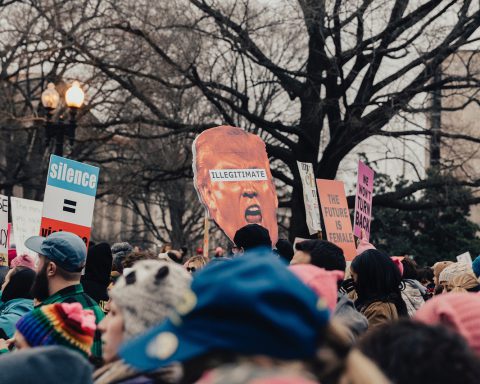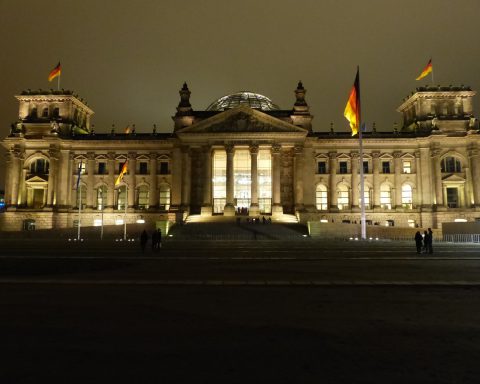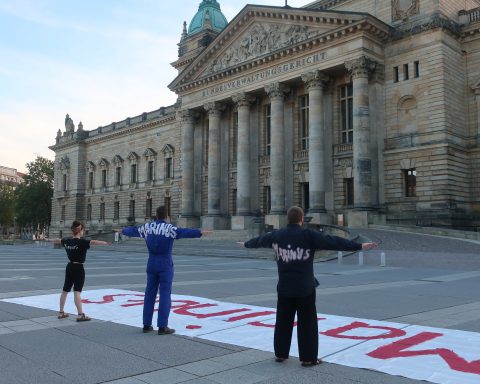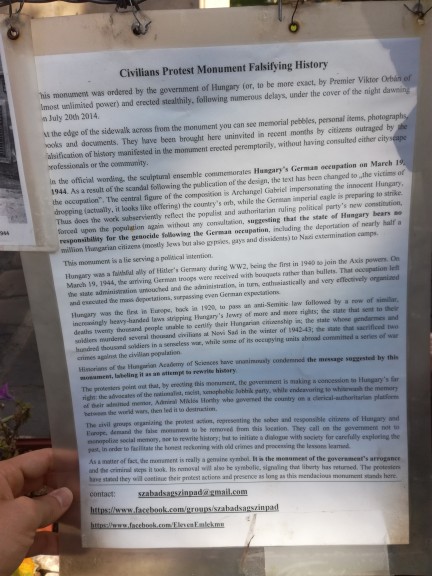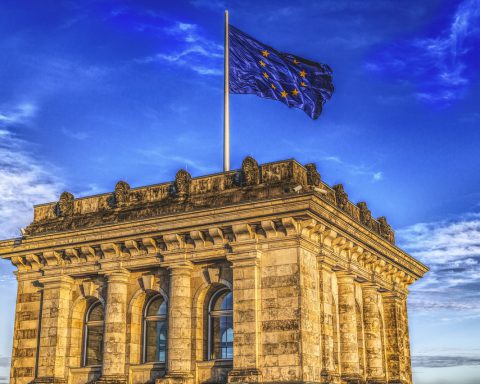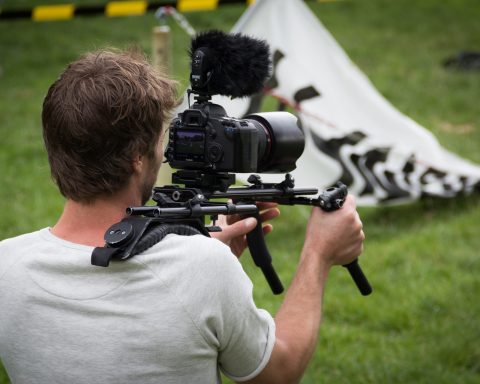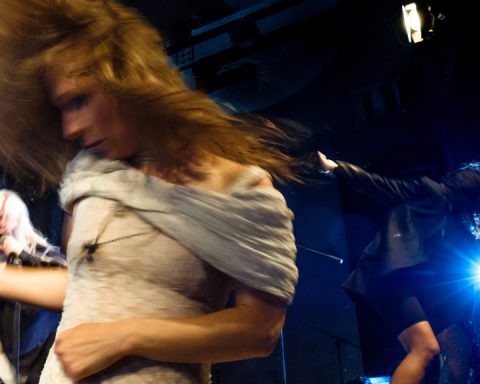Even if you can’t vote or are not interested in German politics, there are many good reasons to visit the Reichstag, the parliament building in the heart of the capital city. For a start, there are fantastic views from the top of the dome. You can take panoramic 360-degree pictures.

Selfies with the black, red and gold German flag are also possible at three of the four corners of the roof. And at the fourth: the European Union’s blue and gold banner flies in the breeze.
There is a rooftop restaurant but it is small and really sought-after, so early advance booking is advised, via e-mail.
Berlin spreads before you from the Reichstag – surprisingly green, with the wide Tiergarten park and many smaller green spaces along the river Spree and its canals.
That’s not the zoo, by the way – although Tiergarten does mean “garden of animals”. The zoo itself is called “Tierpark”.
An audio guide in English or any one of eleven languages will point out the must-see sites around this living map. It tells you where to wait a while, what you are looking at, and when to move on.
But be warned: the audio only starts to play when you begin to ascend the inside of the giant glass dome. Once you’ve figured that out, it’s amusing to watch the other visitors – puzzled, perplexed or purple with rage – pushing buttons, switching the gadget on and off and finally asking one of the human guides to “fix it”!
Classic landmarks such as the Brandenburg Gate, the Hohenzollerns’ cathedral and the TV Tower are ticked off – all from the top of the Reichstag – together with less well-known buildings such as the Chancellery, where Angela Merkel has had her office. The nearby government offices are nicknamed “Angie’s washing machine” because of their circular concrete facade.

And the guide points out less well-known but intriguing monuments such as the Victory Column with its golden goddess, nicknamed Goldelse (Golden Elsie), the vast Russian Embassy, and the low-key but deeply moving Memorial to the Murdered Jews of Europe.
On our visit, my friend and I saw the sun set. The glass and mirrors of the Reichstag dome caught and magnified the glow. And as we peered down through the many slices of reflected light, we could see the blue chairs where Germany’s political representatives make their laws.
It’s all open to the public, and openness, light and transparency are the themes that inspired the building’s British architect, Sir Norman Foster, to create this great glass bubble.
Beneath the dome, the history of the Bundestag is laid bare, with contemporary photographs and newspaper reports in German and English. The exhibition does not flinch from the dark and murky periods.
There is the Reichstag fire of 1933 that destroyed part of the building – supposedly started by a Dutch communist. That marked the start of Hitler’s Third Reich and the Holocaust. All is chronicled here.
Later, in the East of the partitioned city, there was a “pretend parliament”- as the caption calls it – of the communist-run German Democratic Republic (1949-90). The ruling Socialist Unity Party (SED) always won elections. So although there was a vote every two years, no real political change was possible.

Re-unification and Germany’s role in the European Union round off the circular display.
And then on the outside, history springs to life at dusk in movies, sound and lights. The daily spectacle plays twice a night in back-to-back performances starting at 20:00, from now until 3 October. That will be The Big One, as it’s a public holiday, the Day of German Unity.
It’s free, and so is the tour. But for security reasons, you have to apply online in writing for permission to view the Bundestag building, and print the document granting you permission.
Take your official letter with you, along with a passport or ID card to prove your identity. When parliament is sitting, anyone can watch from the public gallery – but again, you must book in advance online.
The only sessions that are not open to the public are some committee meetings and the “Fraktion” meetings where the different parties get together to strike deals with their political partners or opposition allies. Clarity and transparency are all very well – but Realpolitik dictates that some things can only happen behind closed doors.
By Jane Whyatt

